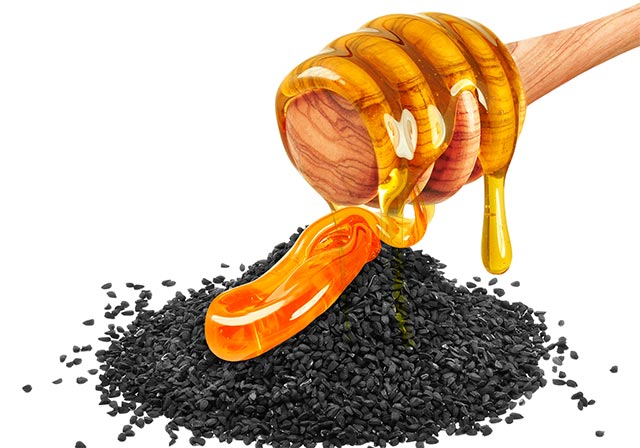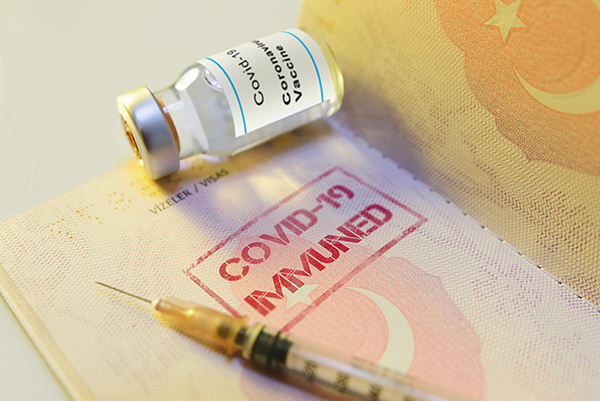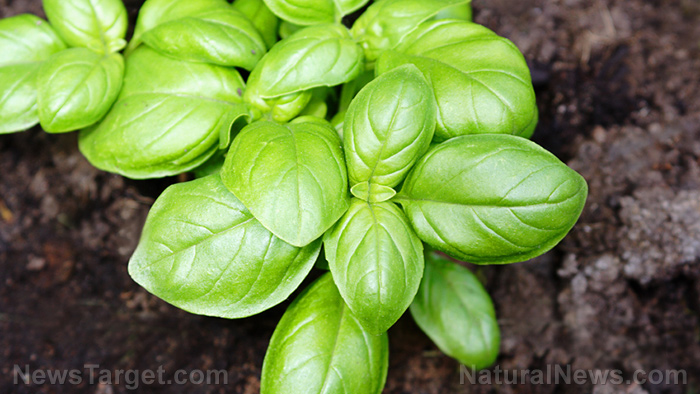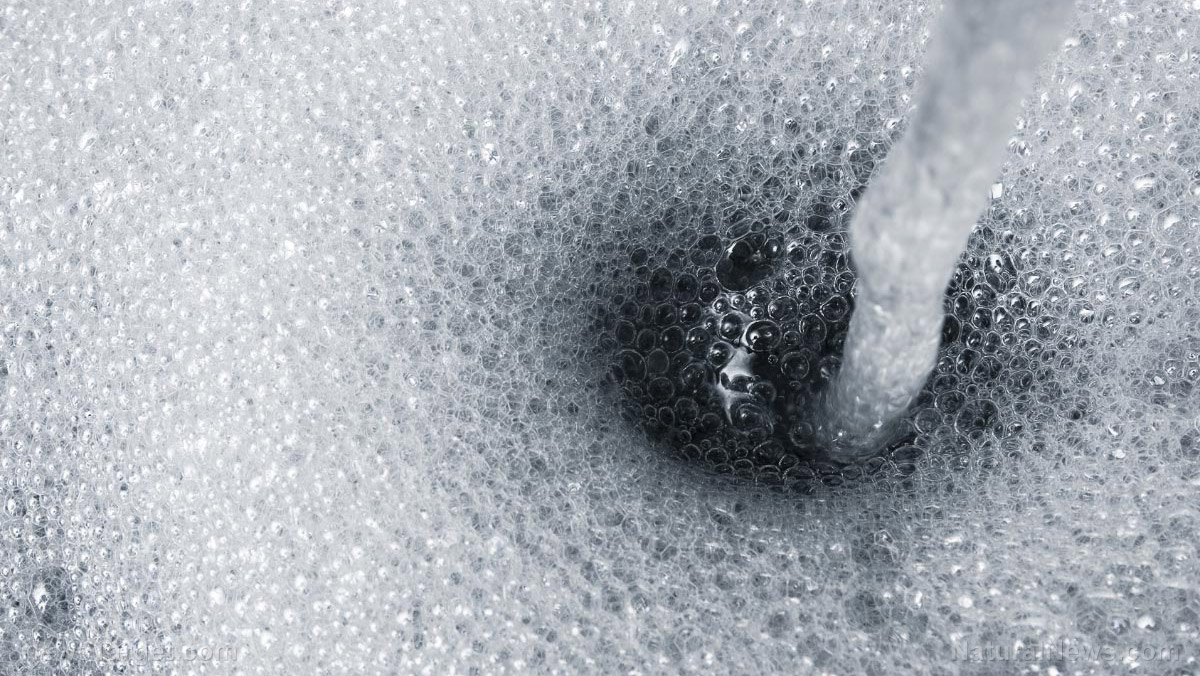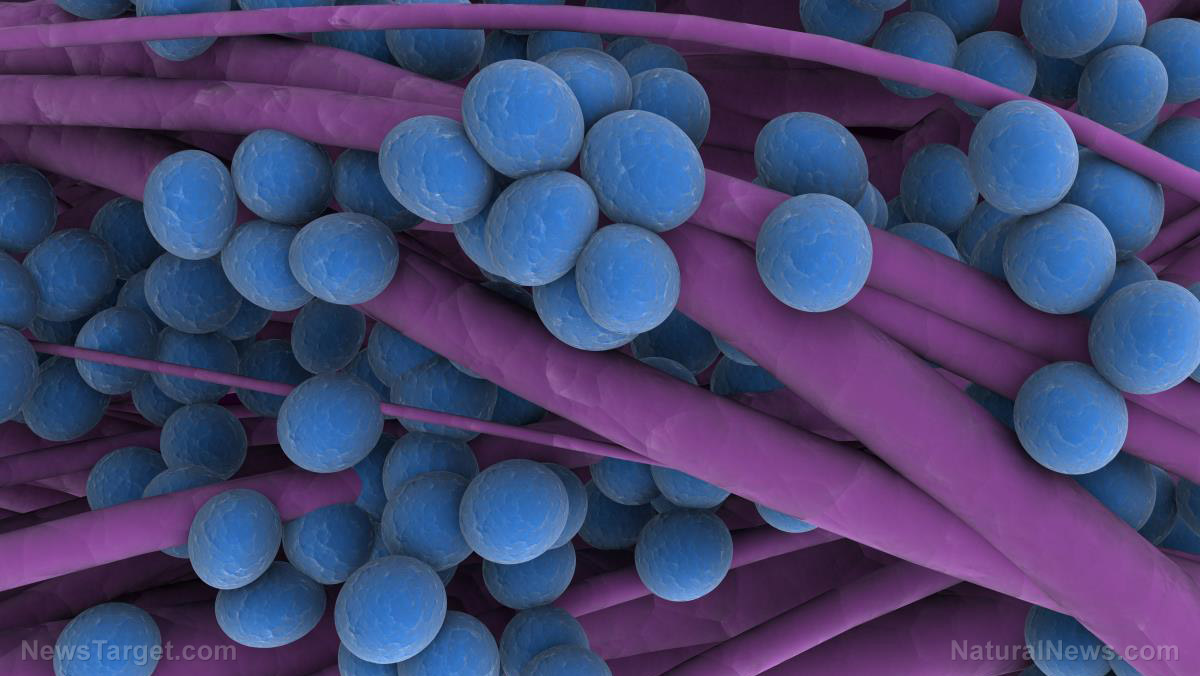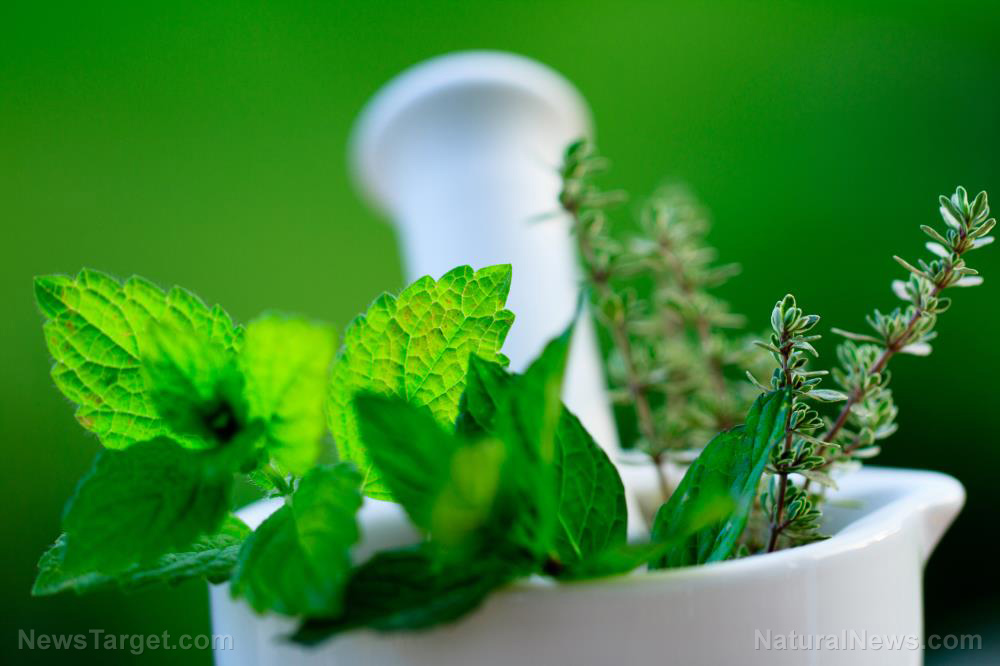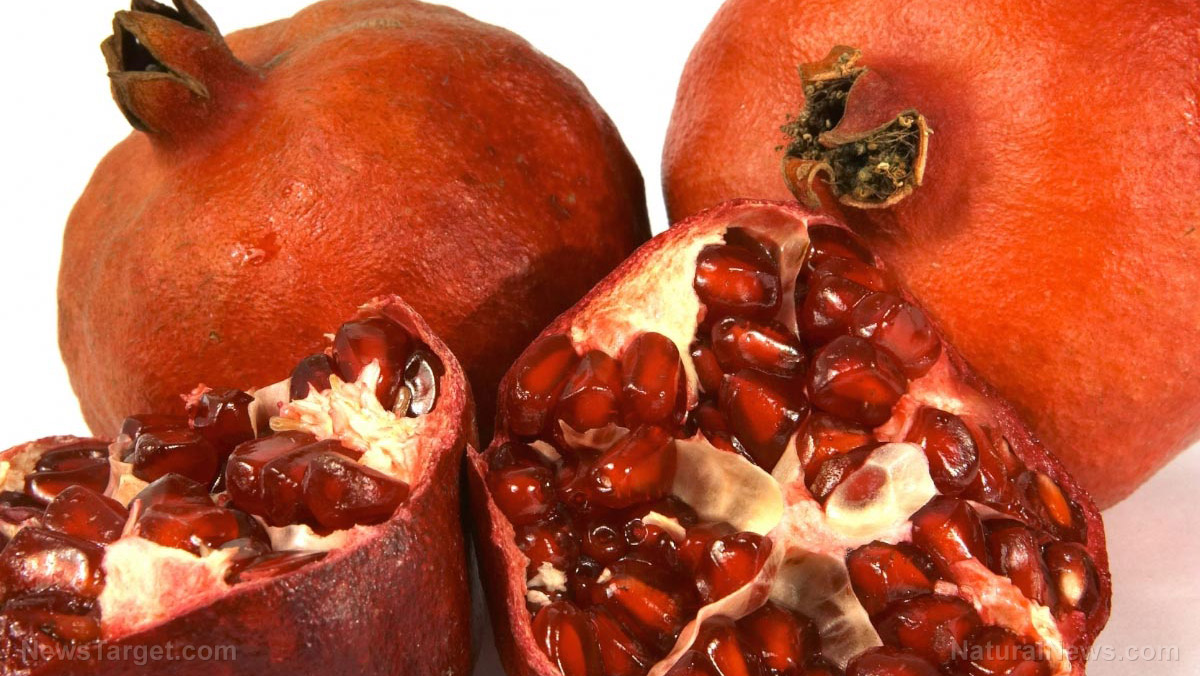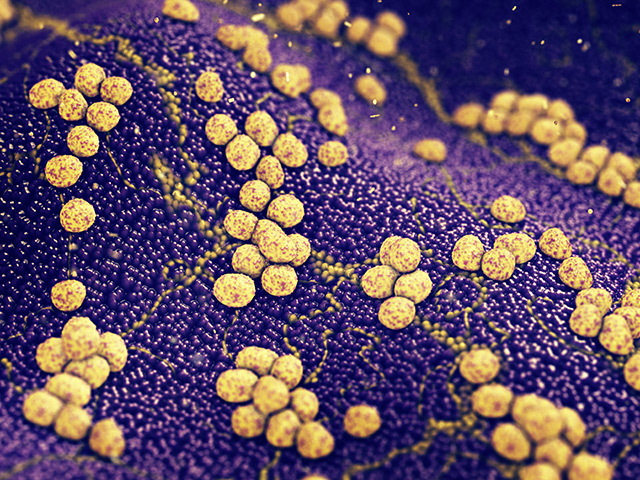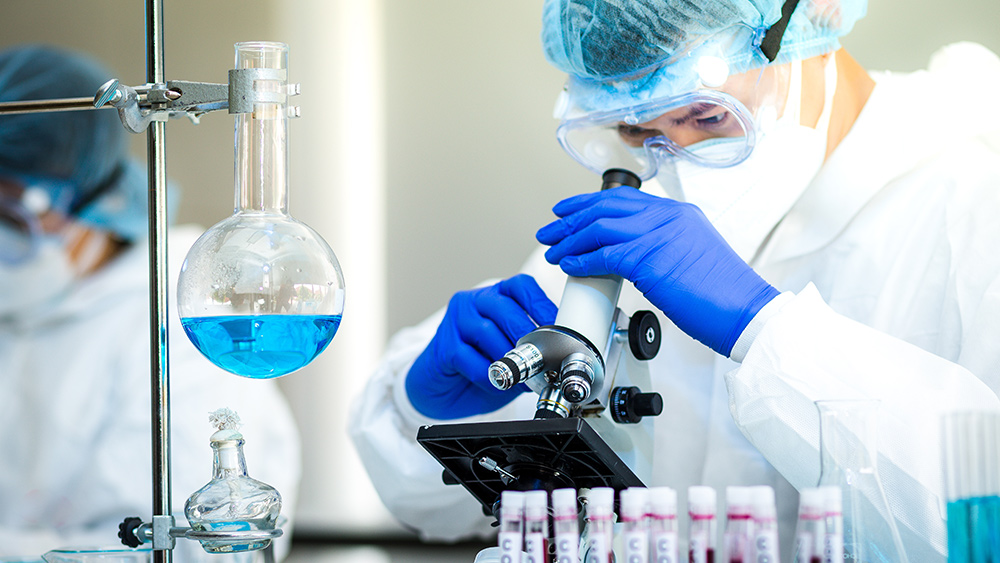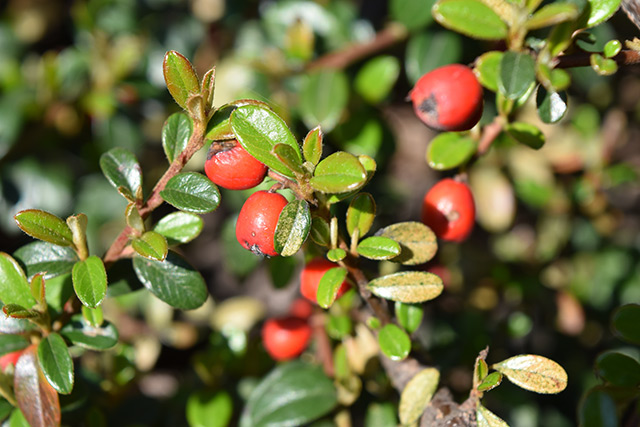Can you use manuka honey to treat wounds?
01/24/2022 / By Franz Walker
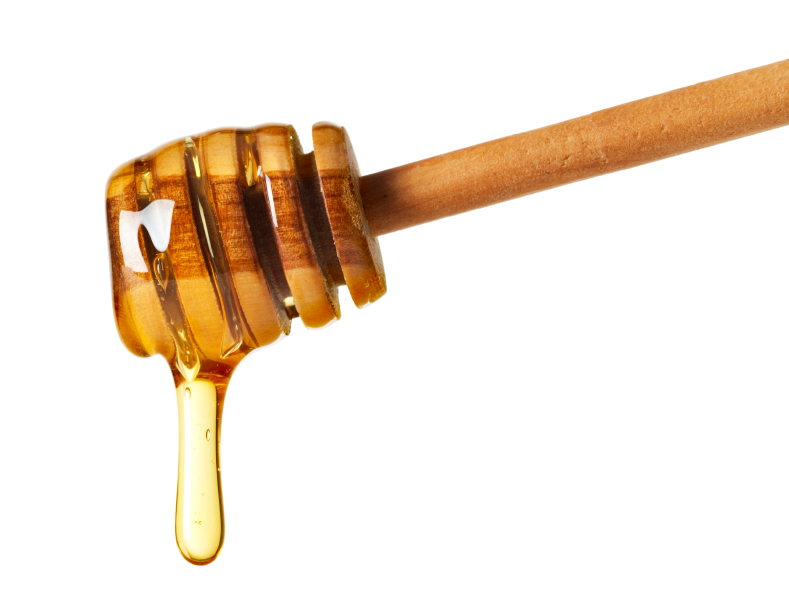
While the scientific and clinical focus on honey has led to the advent of “medical-grade” honey, there remains some lingering skepticism regarding the value of honey in wound care. With this in mind, a researcher conducted a review of studies on honey, particularly manuka honey, and its effects on wounds.
Honey has been used to treat wounds since ancient times. But it was only in recent years that renewed scientific interest in honey has led to the creation of medical-grade honey and the commercial availability of highly regulated products.
Of the various types of honey, one particular type has been the focus of many recent studies: manuka honey.
Pure manuka honey is produced by European honey bees (Apis mellifera) from nectar derived from the manuka plant (Leptospermum scoparium). The latter is a shrub that grows exclusively in Australia, New Zealand and parts of Southeast Asia.
Manuka honey is seen to have particularly high antimicrobial activity. In addition, further studies have identified other actions of manuka honey that make it ideal for wound treatment.
The wound care actions of manuka honey
In his study, Richard White, professor of Tissue Viability and Director of DDRC Wound Care, a private specialist care center in Plymouth, U.K., looked at various studies on manuka honey’s use in wound care. In particular, he looked at the works of Peter Molan, who identified a number of distinct actions of honey – primarily manuka – on wounds. These were antimicrobial activity, anti-inflammatory activity, debridement and exudate control.
Based on Molan’s work and the activities he identified, White then reviewed other studies, looking at the research that had since been done on these activities.
White’s review was published in the Journal of Wound Care.
Antimicrobial activity
All honeys have antimicrobial action, thanks to an evolutionary adaptation of bees to prevent spoilage. In most kinds of honey, this is based on peroxide activity. But manuka honey’s antimicrobial action is attributed to its content of methylglyoxal (MGO). Unlike peroxide activity, the activity of MGO manuka is not inhibited by catalase.
In addition, in vitro studies show that manuka is effective against certain antibiotic-resistant species of bacteria, such as methicillin-resistant Staphylococcus aureus. (Related: Scientists Document How Manuka Honey Fights Superbugs.)
Anti-inflammatory activity
Research on manuka’s anti-inflammatory action reveals that it is effective at reducing inflammation, edema and exudate levels. In addition, its antimicrobial activities also play a role in reducing inflammation.
On top of manuka’s overt anti-inflammatory action, it has also been shown to exert an immunomodulatory effect.
Debridement
Manuka is known to aid in debridement — that is, the removal of dead, damaged or infected tissue from the wound to improve healing.
This has been hypothesized to be owing to a stimulation of plasmin activity in the wound, denaturing the fibrin which attaches slough to the wound bed. Studies base this on the known effects of plasminogen activator inhibitor. Research suggests that this mechanism is consistent with autolysis, where the creation of a moist environment in the wound at appropriate pH levels leads to the removal of slough.
Exudate control
Manuka’s ability to lower pH levels to a more acid milieu also helps it in exudate control. Exudate refers to the fluid and leukocytes that move to the site of injury from the circulatory system in response to local inflammation.
By making the wound more acidic, more oxygen is also released from the blood, making the wound environment less favorable for the activity of destructive proteases. In addition, manuka honey’s high osmolarity draws more fluid out of the wound bed, creating an outflow of lymph.
Based on his review, White concluded that there is enough data to demonstrate manuka honey’s pre-eminence among other types of honey’s when it comes to fighting infection, reducing inflammation and promoting healing.
That said, White also noted that the studies show that not all commercial manuka honey in the market is pure – some are diluted with other honeys, reducing their effectiveness. These studies point to a need for developing assays to determine a product’s purity.
In sum, White concluded that manuka honey, more specifically pure manuka honey, is a valuable option in natural wound management. He also noted that it has further capacity to reduce inflammation, affect debridement and promote healing.
For more studies on natural treatments for wounds and other injuries, follow NaturalCures.news
Sources include:
Tagged Under: alternative medicine, anti-inflammatory, Antimicrobial, debridement, manuka honey, medical-grade honey, natural antibiotics, natural cures, natural medicine, research, wound care, Wound Healing
RECENT NEWS & ARTICLES
COPYRIGHT © 2017 NATURALANTIBIOTICS.NEWS
All content posted on this site is protected under Free Speech. NaturalAntibiotics.news is not responsible for content written by contributing authors. The information on this site is provided for educational and entertainment purposes only. It is not intended as a substitute for professional advice of any kind. NaturalAntibiotics.news assumes no responsibility for the use or misuse of this material. All trademarks, registered trademarks and service marks mentioned on this site are the property of their respective owners.



